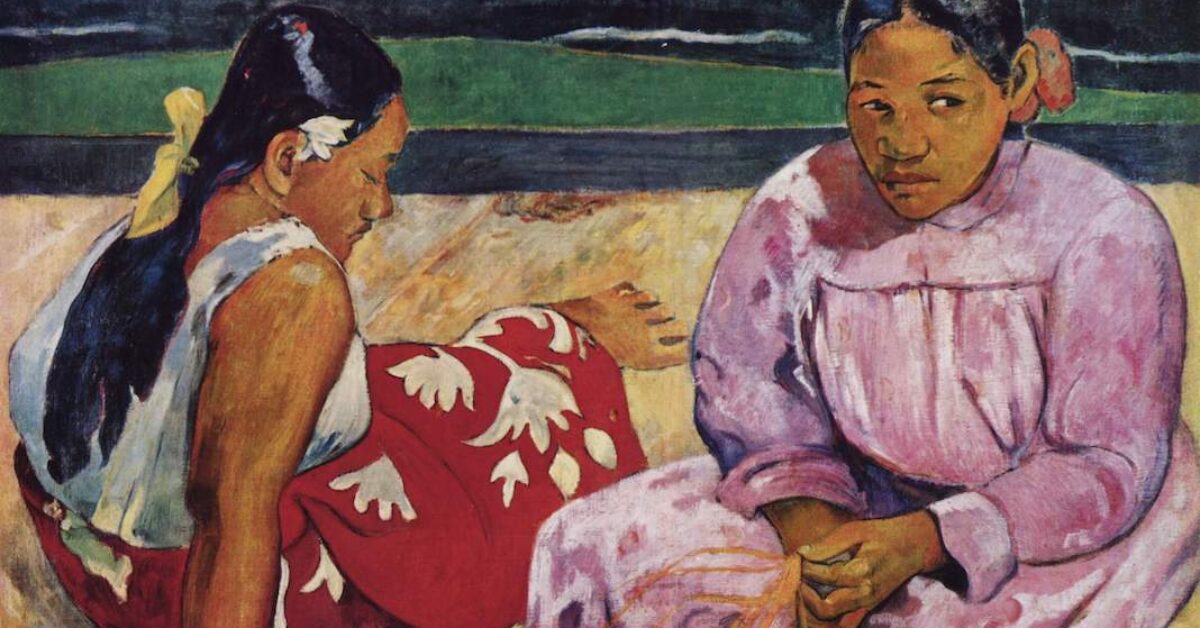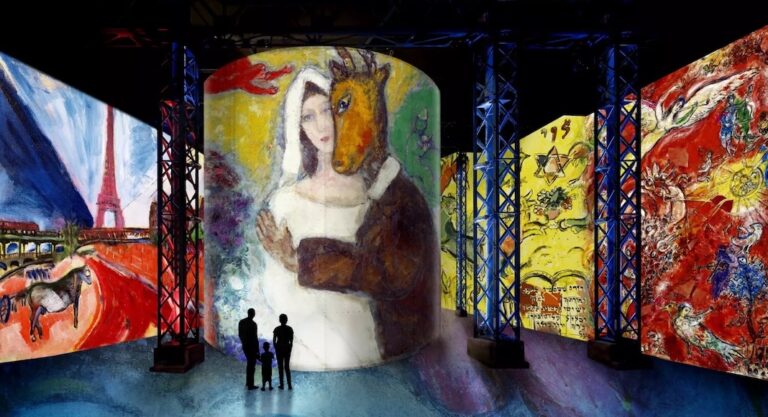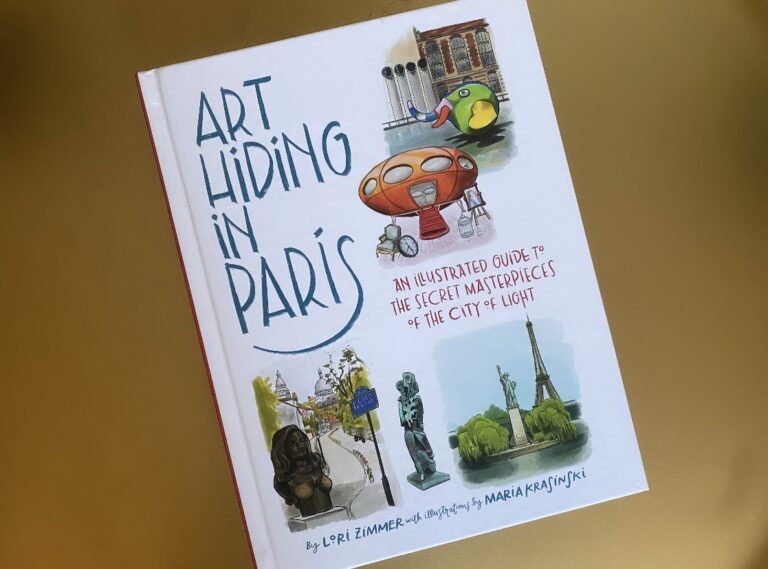A new exhibit of works by Paul Gauguin at the Grand Palais in Paris causes controversy this week as critics accuse the artist of cultural appropriation and colonialist tendencies.
The post-impressionist, famous for his bright colors and tribal woodcuts, became a hero of the French avant-garde and the modernist movement after his death in 1903. He was a bold and imaginative painter whose work went largely unappreciated during his lifetime, causing him to leave France for French Polynesia in the South Pacific, still a colony during that time. Much of the controversy that has recently come up about Gauguin relates to his conduct in Tahiti, where he took a 13-year-old Tahitian bride and many young lovers, before “looting” much of the local art in order to profit from its novelty back on the mainland.
“The history of colonization is still a very touchy issue in France, much more than in the UK or US,” says historian and professor Jean-Francois Staszak. “For many people in Tahiti, Gauguin is nothing better than a colonist drunkard.” Whether or not the French choose to talk about colonialism and these aspects of Gauguin’s life, this exhibit will certainly open questions about the place of politics in art, and how historical context can enrich and supplement much of the artwork of a country that is still one of the largest artistic influencers in the world.






